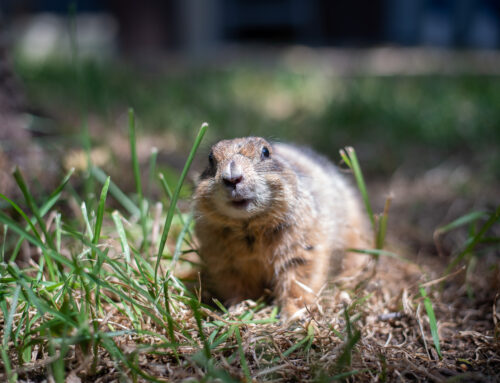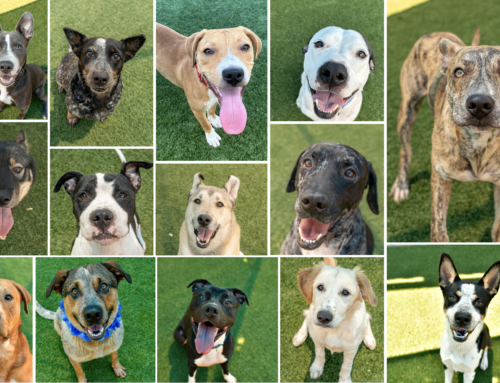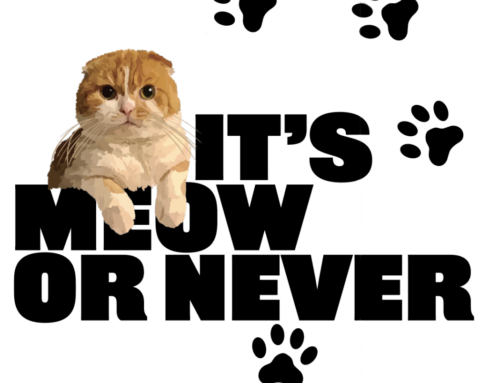This time of year, cold, wintry weather presents important considerations for protecting and caring for our pets.
Many people assume their fur-covered pet is naturally equipped to handle cold weather, especially if the breed originates from colder climates, such as the Siberian Husky or the Saint Bernard.
If your pet spends a lot of time indoors, where the climate is always nice and temperate, his coat is going to be thinner than normal to tolerate the warmer inside temperatures. Send such a pet outside for an extended time in very cold weather, and he could succumb to exposure. It’s as if you donned a jacket and expected it to protect you at 30 degrees Fahrenheit – it’s not nearly enough.
Animals that spend lots of time indoors and those that receive haircuts, such as terriers and spaniels, should have some type of additional protection (e.g. a sweater) when spending longer periods outdoors in cold, wintry weather.
When walking your dog in the cold, avoid water or ice – remember, they’re barefoot! Even though their feet have tough pads on which to walk, because of their pampered lifestyles with indoor carpeting and lush grassy lawns, these guys are relatively tenderfooted. Any snow or ice that collects on your pet’s fur or paws should be removed right away.
Proper shelter outside should be available if your pet – dogs especially – spends an extended period of time there. Those igloo-style dog houses are ideal. They should be slightly elevated from the ground to protect from moisture. Set it near the house, where it will have additional insulation from the cold. Most igloos come with a door flap, which is necessary to keep out the cold wind.
If the weather becomes severe, keep your pets inside. An idea you may want to keep in mind: If it’s too cold for the plants, it’s too cold for the animals.
Outdoor cats will often seek the warmth of a car engine and will crawl up into it. Before starting your vehicle, honk the horn or bang the hood to scare off any cat that may have sought refuge there.
Pay close attention to the water supply for your pets. Water dishes or buckets will freeze over. Check the water frequently – several times daily when it’s freezing or colder – to be sure there’s always a fresh, clean supply available.
Animals that spend a lot of time outdoors will increase their food intake in the winter months. This allows for an insulating layer of fat to develop and accommodates the increased level of metabolism that occurs to generate body heat for warmth. Consult your veterinarian about these feeding requirements, as we shouldn’t over-feed.
Stay warm!





